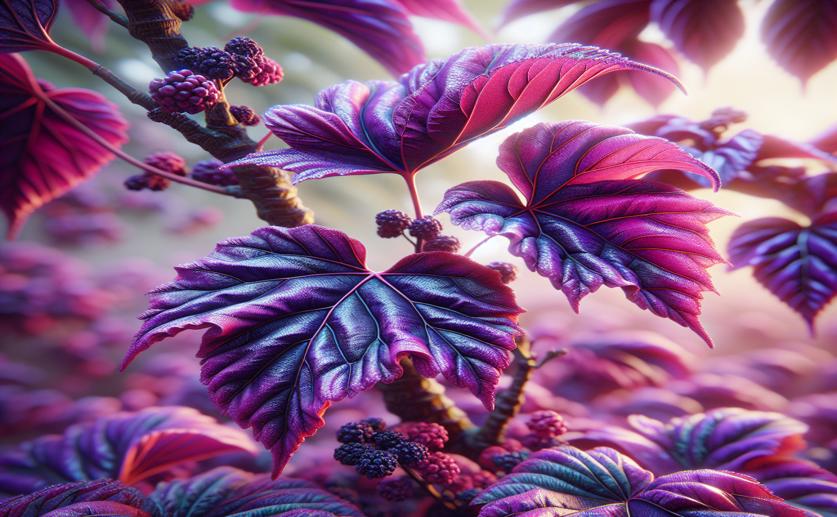
Unlocking the Secrets of Purple Leaf Colors in Mulberry Plants
Jenn Hoskins
24th January, 2024

Image Source: Natural Science News, 2024
References
Main Study
1) Molecular and metabolic insights into purplish leaf coloration through the investigation of two mulberry (Morus alba) genotypes.
Published 23rd January, 2024
https://doi.org/10.1186/s12870-024-04737-x



 21st January, 2024 | Greg Howard
21st January, 2024 | Greg Howard